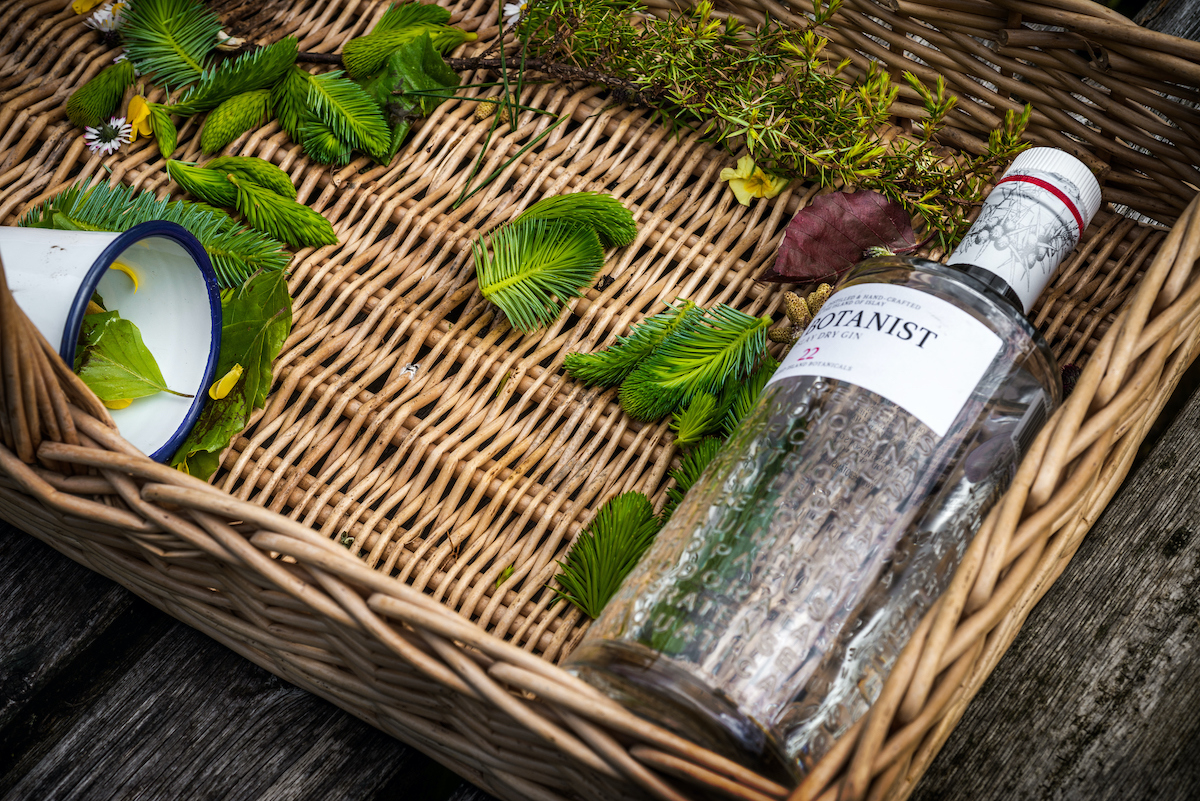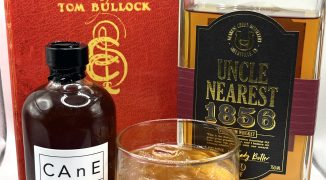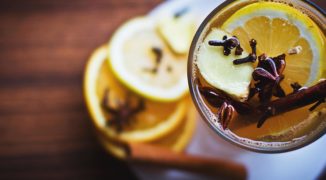In 2010, Bruichladdich Distillery broke from its tradition of making whisky and created The Botanist, a gin made with 22 botanicals foraged from the Isle of Islay in Scotland, where the distillery is located. Each of the 22 botanicals are handpicked from the island, creating a hyper-local drink that showcases the botanical power of Scotland and Islay. Bruichladdich is the only distillery on the island creating gin.
“Because we’re very conscious of where we come from and our sense of place, it felt natural to incorporate some botanicals from the island,” said Carl Reavey, the head of communications at Bruichladdich. “It’s the only spirit on Islay that is made using foraged botanicals.”
The distillery’s forager starts picking in late March when the first of the botanicals is ready. Usually it’s the bright yellow gorse flower, followed by downy birch — each plant is foraged at its peak condition, and the season lasts until late August or September, when the heather flowers. After each botanical is picked, a process of either drying or tincturing the plant occurs in order to maintain peak flavor for the distilling process.
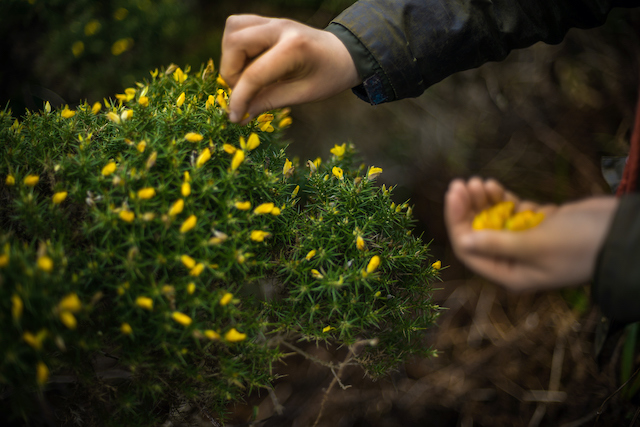
Plants are picked during its peak condition, then dried or tinctured to keep its flavor before distilling.
“We need to keep them all in tip-top condition because we need them all at once for a distillation, which can happen at any time during the year,” Reavey said. “They are hung up to dry in big bunches. Two or three of them are tinctured to really capture the really delicate flavors. For example, hawthorn blossoms. You lose the flavor if you just dry it. So we tincture it using a neutral grain spirit.”
Since the first distillation, The Botanist has been wildly successful. Reavey notes that there’s a sort of gin craze right now, with small-batch distilleries popping up all over the world. As a company that’s been in the game for longer than most, Bruichladdich offered some tips on how to successfully forage for botanicals and sell your product.
Understand your environment
One of the reasons The Botanist works so well is because the staff at Bruichladdich knows the local area intimately. Get to know the weather patterns and the growing season, in addition to what grows in your area. The more local, the better.
“The choice of botanical is very much down to where you are,” Reavey said. “It’s really down to how the distiller interacts with his own local environment. That’s what makes it interesting.”
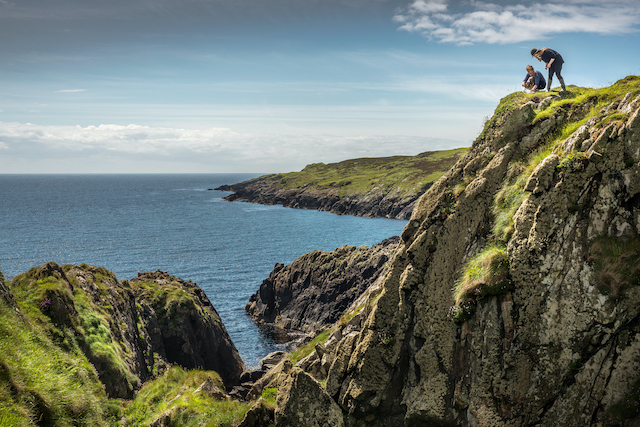
The Scottish island of Islay is relatively abundant in the 22 botanicals used in the gin.
Know your plants
It’s important to know what part of each plant you’re foraging is the proper one to use. Some plants have toxic roots or leaves or flowers. If you choose the wrong part, it could potentially be deadly. Do some research to determine what local plants are edible and which parts of them can be consumed. From there, you’ll be able to figure out if you need the flowers, the buds, the roots, the stem, or the leaves.
Maintain the flavor
If you don’t want the flavor of the finished product to change with each batch, it’s important to control how and when you’re picking, and also how you’re preserving the taste. Stronger botanicals can be dried, while those with a lighter flavor need to be tinctured. One change in the foraging and preparation process could alter the entire flavor profile of the gin.
“The different proportions of our different botanicals are very carefully controlled and measured,” Reavey said. “The conditions under which they are collected is also very carefully monitored, as careful as you can be here. For example, gorse flowers are at their most aromatic during hot spring afternoons just after rain. So we pick them in the afternoon. And it’s the same with the hawthorn and elderflower. There are particular types of weather conditions and you choose to pick in the optimum condition. You adhere to that as closely as you possibly can.”
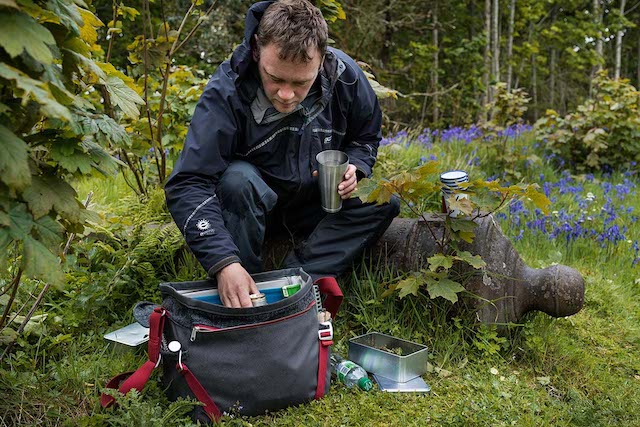
One of the reasons The Botanist gin works so well is because the staff at Bruichladdich knows the local area intimately.
Stay sustainable
Bruichladdich is lucky — all of the 22 botanicals used in The Botanist are relatively abundant on Islay. It’s important to ensure you aren’t picking anything that could potentially suffer from lower numbers because of your foraging, and if you do, then come up with a plan for maintaining the population. But overall, simply picking plants for food or drink won’t harm the environment much at all.
“Eating plants, or even drinking plants, is not, per se, a threat to the environment,” Reavey said. “What you’ve got to be able to do is create an environment which enables the regeneration of plants, so that whatever it is you’re doing is sustainable. Picking plants or leaves in moderate quantities is not ever going to be the threat to our environment. The threat is overall habitat loss through farming, industrialization, pollution. It is possible to responsibly connect to your environment, to taste your place, to engage with the world around you. Foraging to make gin and drinks is no more of a threat than an antelope browsing its way across an African savannah. It’s just part of life.”
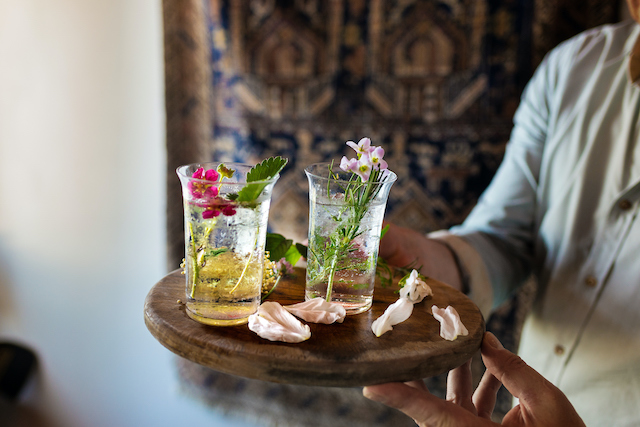
Stronger botanicals can be dried, while those with a lighter flavor need to be tinctured. One change in the foraging and preparation process could alter the entire flavor profile of the gin.
Have a story
Perhaps the most important part of selling a successful drink is ensuring the consumers feel connected to the product. Create a story for the spirit to drive forward the idea that it’s a relatable product.
“There are some great things about The Botanist,” Reavey said. “The name, the bottle, the backstory. And I think they are the things that really resonate with people. They can detect that this is a real product made by real people in a real place. There is an interesting story behind it. That’s the key. You’ve got to have a real raison d’être. You should be driven by a desire to do something different and interesting and engaging. Something that’s authentic. Something that’s connected to people and place.”


